I noticed something very exciting today – my
Drosera cistiflora is forming a stem!
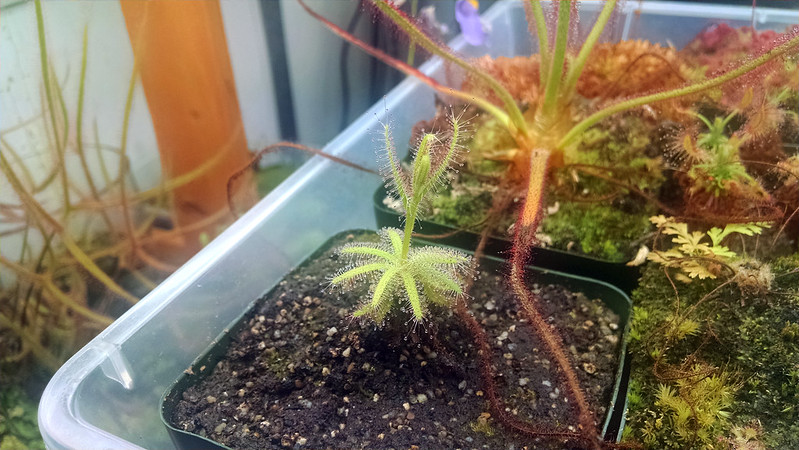 |
| Reach for the stars little guy. |
It even looks like it's cheering, hahahah. I probably won't get flowers this year, but I'm very happy with this plant. It's become one of my favorites.
D. cistiflora isn't the only stem-forming South African sundew. The most well-known is probably
Drosera madagascariensis, which develops a scrambling habit very quickly.
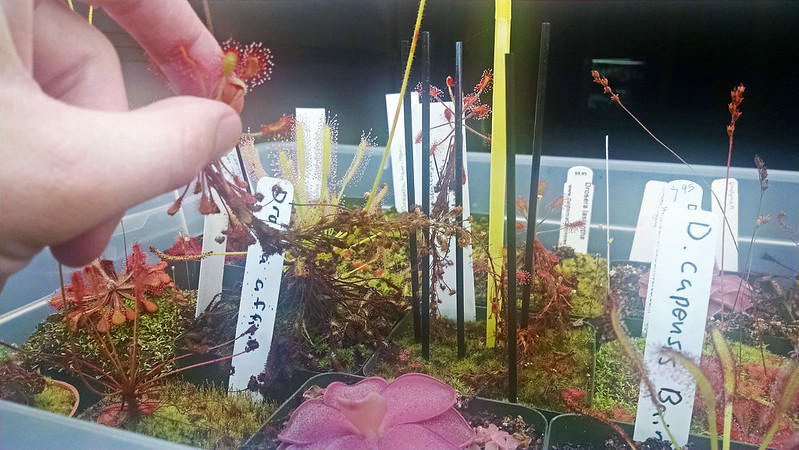 |
| It's a jungle in here. |
In cultivation lots of people will chop them back and take stem cuttings. I haven't done that since I have neither the time nor the space and well, here we are.
Our old friend
Drosera capensis is also a stem-forming plant, though it stems out much more slowly than
D. madagascariensis.
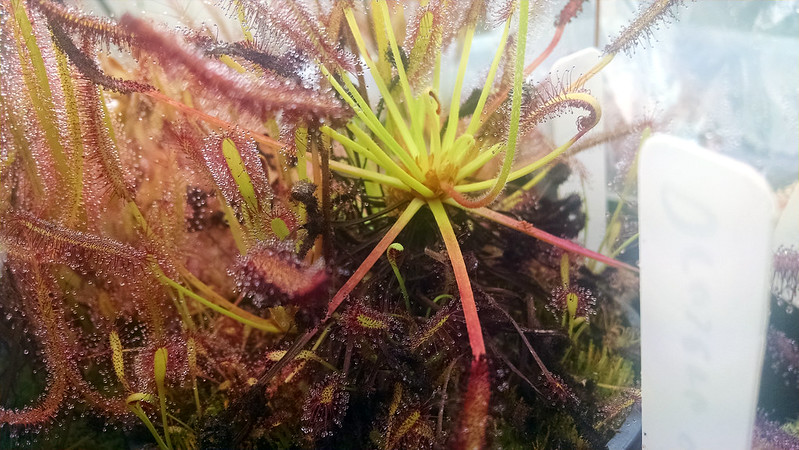 |
| I'd need to do some trimming to see the stem. |
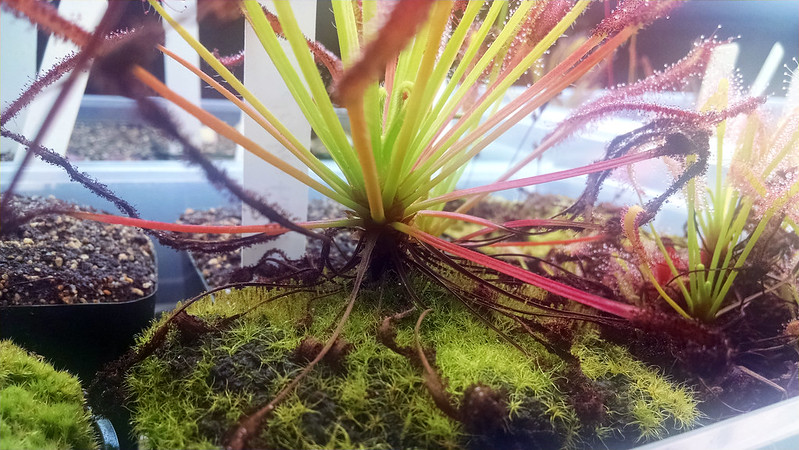 |
| This is a pretty neat plant. |
The first photo is my original
D. capensis, which has a pretty respectable stem, but it's hidden by a clump of dead leaves and offsets. The lower photo, my
D. capensis "broad leaf" is showing its stem a bit better.
Drosera affinis is sort of intermediate between
D. madagascariensis and
D. capensis in how quickly it forms a stem.
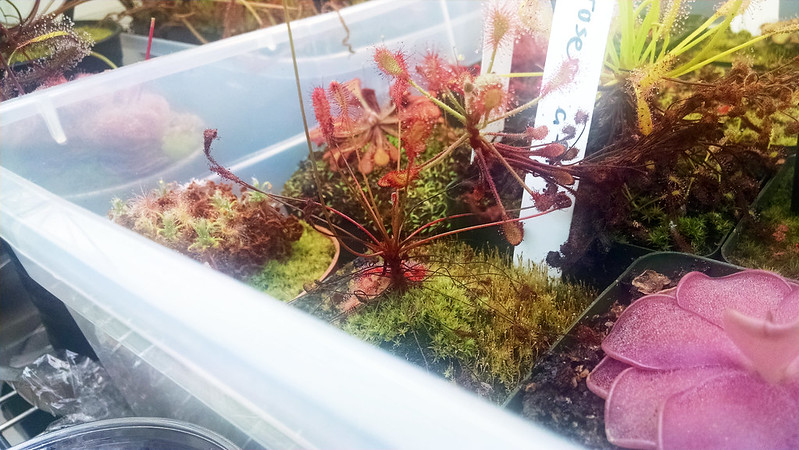 |
| I have high hopes for that flower stalk. |
The very similar
Drosera nidiformis is much the same, though mine has yet to start stemming out yet.
Edit: As it turns out D. nidiformis
does not in fact form a stem. I mis-remembered while making this post. Looks pretty good in any case.
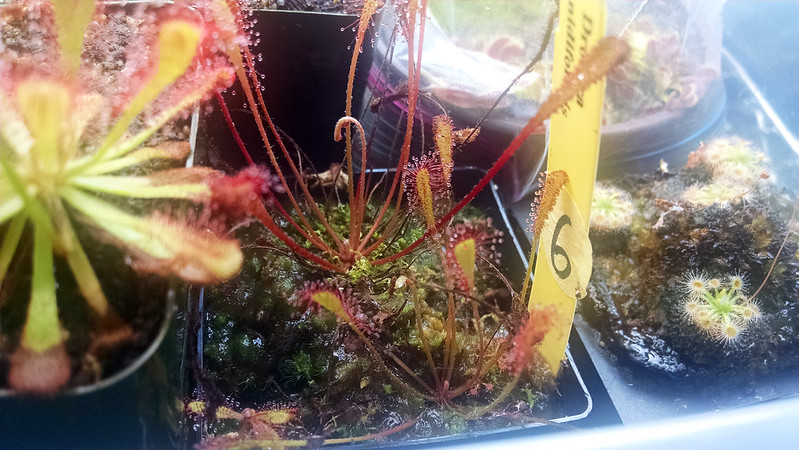 |
| These should probably be in a larger pot. |
South African sundews are very cool. It's the first region that interested me, and it's one of least-studied. Fernando Rivadavia says that that's because we don't have a carnivorous plant expert in-country right now. If anyone in South African can read these words, go forth and study some plants.






The stem-forming Drosera are my favorite! Are you sure Drosera nidiformis forms a stem though? According to growsundews.com it doesn't.
ReplyDeleteYou're right! Consider the post edited.
Deletehey man; im about to buy utrics and been thinking to put into long square pot (full with capensis) at windowsill.
ReplyDeletecan utrics + capensis live together in moist soil, or must be flooded?
have no lamp, and tap water seems ok. muscipulas struggle in winter-some dies.
capensis kinda hard to kill. even once forgot to water.
reason wanting utrics is have some green covering the soil, no luck with moss....flowers could be a bonus.
seller has bisquimata,livida which is better; (or is nicer to cover the soil)?
the capensis flowering is like spam, nonstop..even now
Delete